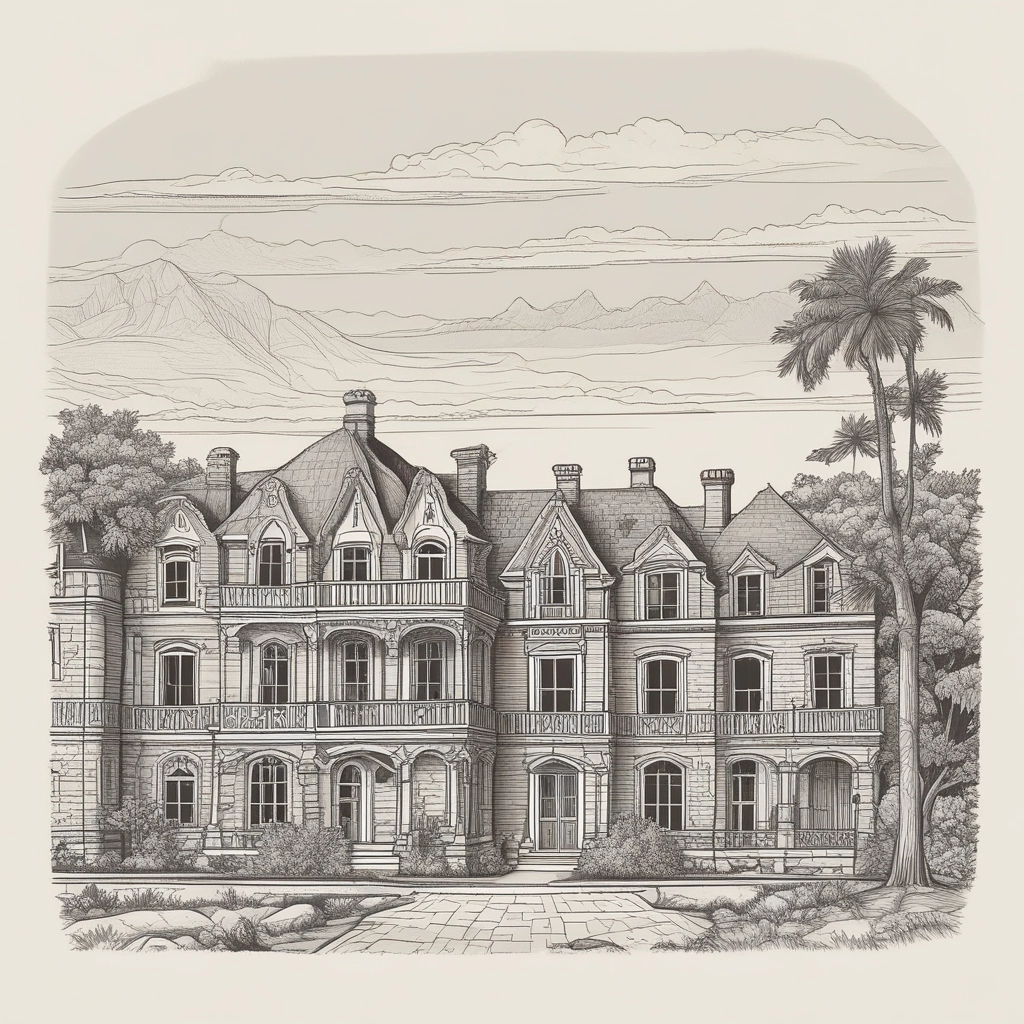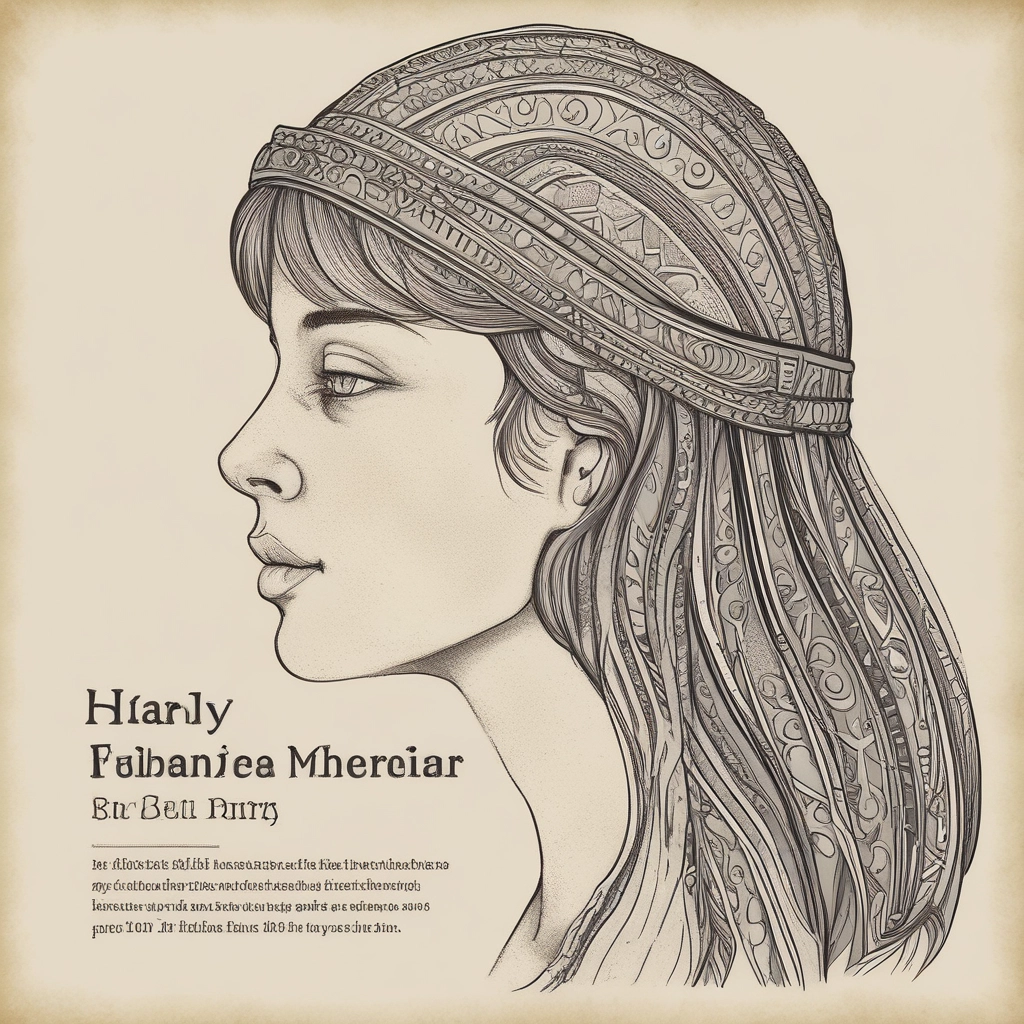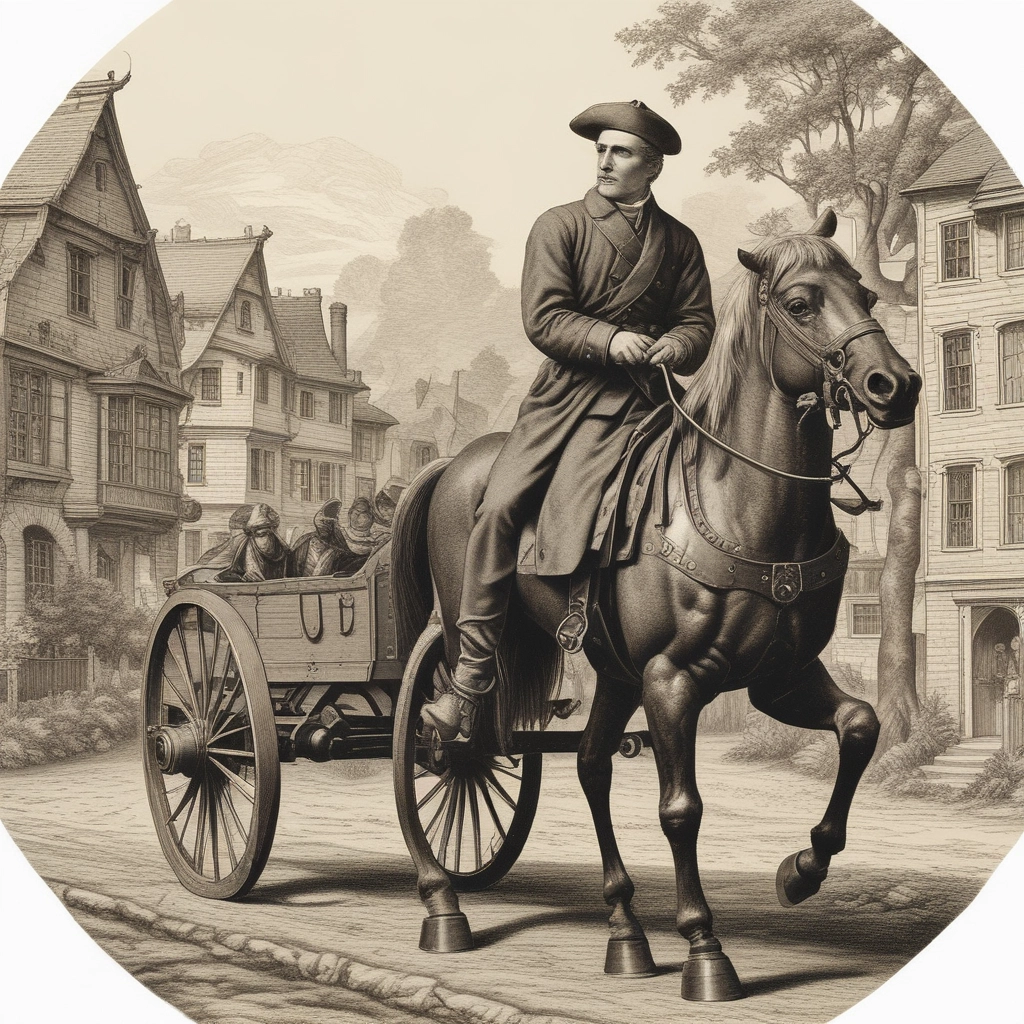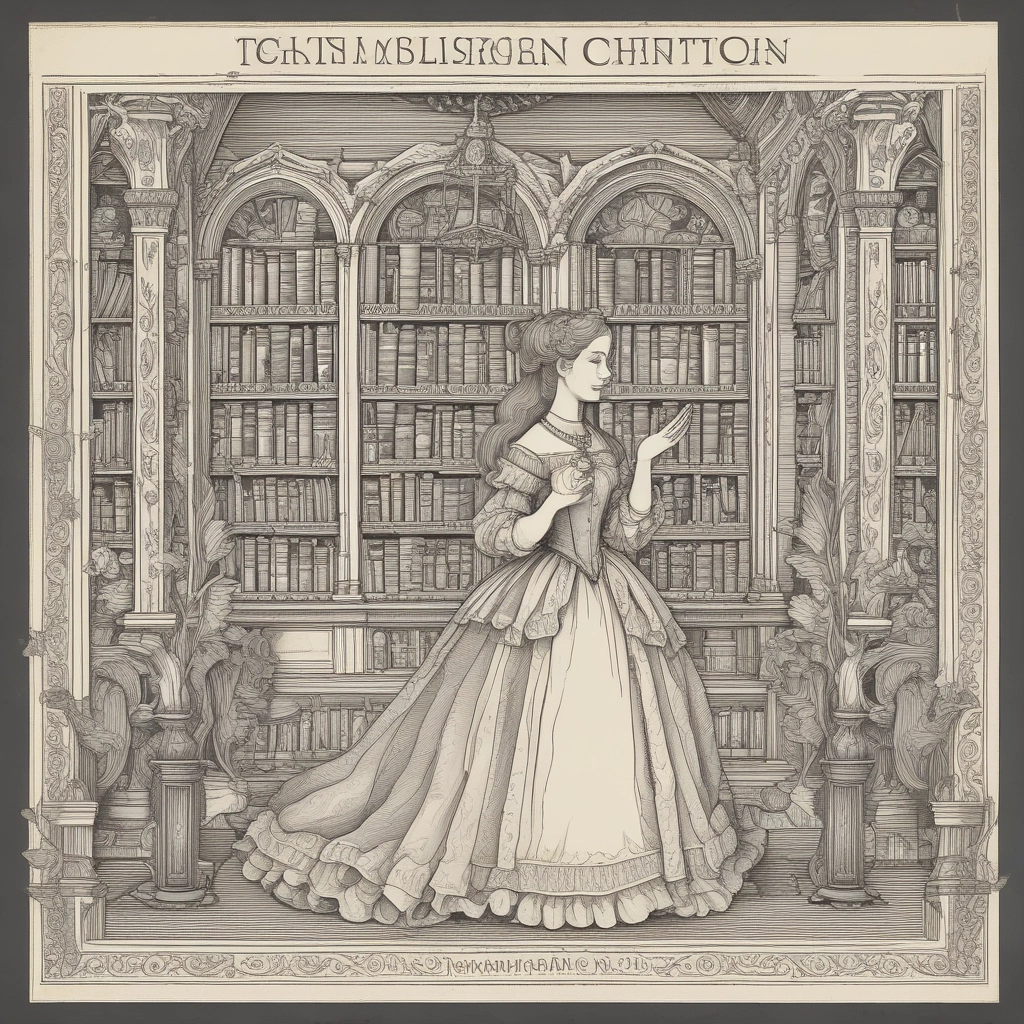Introduction
Historical fiction is a captivating literary genre that blends factual history with imaginative storytelling. By reconstructing past events, cultures, and figures, it allows readers to experience history in a deeply personal way. From ancient civilizations to World War II, historical fiction transports us across time, offering both entertainment and education.
But what makes historical fiction so compelling? Why do books like The Book Thief, Pillars of the Earth, and Wolf Hall resonate with millions? This blog explores the origins, key elements, subgenres, and enduring appeal of historical fiction, along with tips for writing it.

1. What is Historical Fiction?
Historical fiction is a genre where the story is set in a real historical period, often featuring actual events, people, or cultural settings, but with fictionalized characters and plotlines. The balance between fact and creativity is what defines it.
Key Characteristics:
✔ Authentic Setting – The time and place must be well-researched.
✔ Real Historical Figures – Some stories include real people (e.g., The Paris Wife features Ernest Hemingway).
✔ Fictional Protagonists – Often, the main characters are invented to drive the narrative.
✔ Historical Accuracy – While creative liberties exist, major events should align with facts.
2. A Brief History of Historical Fiction
The genre has roots in ancient epics and medieval chronicles, but it evolved into its modern form in the 19th century.
Early Examples:
- “The Iliad” & “The Odyssey” (Homer, 8th century BCE) – Blend myth and history.
- “War and Peace” (Leo Tolstoy, 1869) – A sweeping tale of Napoleon’s invasion of Russia.
- “Ivanhoe” (Sir Walter Scott, 1819) – One of the first true historical novels, set in medieval England.
Modern Evolution:
- 20th Century: Writers like Hilary Mantel (Wolf Hall) and Ken Follett (Pillars of the Earth) brought new depth.
- 21st Century: A surge in diverse perspectives (e.g., Homegoing by Yaa Gyasi, The Nightingale by Kristin Hannah).

3. Why Do Readers Love Historical Fiction?
A. It Makes History Relatable
- Instead of dry facts, readers experience emotions, struggles, and triumphs of people in the past.
- Example: The Book Thief makes WWII personal through a young girl’s eyes.
B. It Educates Without Feeling Like a Textbook
- Readers absorb history through drama and character arcs.
- Example: All the Light We Cannot See teaches about WWII France in a gripping way.
C. It Explores “What If?” Scenarios
- Alternate history books (like The Man in the High Castle) imagine different historical outcomes.
D. It Preserves Forgotten Stories
- Many books highlight marginalized voices (e.g., The Underground Railroad reimagines slavery with magical realism).
4. Major Subgenres of Historical Fiction
| Subgenre | Description | Examples |
|---|---|---|
| Traditional Historical | Faithful to real events with fictional characters. | The Pillars of the Earth (Ken Follett) |
| Historical Romance | Love stories set in the past. | Outlander (Diana Gabaldon) |
| Historical Mystery | Crime-solving in a historical setting. | The Name of the Rose (Umberto Eco) |
| Alternate History | Imagines if history had gone differently. | The Man in the High Castle (Philip K. Dick) |
| Historical Fantasy | Blends history with magic/myth. | Jonathan Strange & Mr Norrell (Susanna Clarke) |
| Biographical Fiction | Fictionalized accounts of real people. | The Paris Wife (Paula McLain) |

5. How to Write Historical Fiction (Tips for Writers)
A. Research Extensively
- Study clothing, language, politics, and daily life of the era.
- Example: Hilary Mantel spent years researching Tudor England for Wolf Hall.
B. Balance Fact and Fiction
- Real events should anchor the story, but characters can drive the plot.
- Example: The Nightingale follows fictional sisters in Nazi-occupied France.
C. Avoid Anachronisms
- No modern slang or attitudes in medieval settings!
- Example: A knight in 1200 AD wouldn’t say, “That’s cool.”
D. Make the Setting a Character
- Describe sights, sounds, and smells to immerse readers.
- Example: Pachinko vividly portrays 20th-century Korea and Japan.
E. Choose a Unique Perspective
- Instead of another WWII soldier’s story, explore a nurse, spy, or child’s viewpoint.

6. The Future of Historical Fiction
Trends to Watch:
- More Diverse Voices – Stories from Africa, Asia, and Indigenous cultures.
- Blending Genres – Historical fantasy, sci-fi, and horror hybrids.
- Interactive & Digital Storytelling – Historical fiction games and VR experiences.
Upcoming Books to Read:
- The Women (Kristin Hannah) – About Vietnam War nurses.
- James (Percival Everett) – A reimagining of Huckleberry Finn from Jim’s perspective.
Conclusion
Historical fiction is more than just entertainment—it’s a bridge between past and present, helping us understand history through human emotions and struggles. Whether you’re a reader seeking adventure or a writer researching the past, this genre offers endless possibilities.
What’s your favorite historical fiction novel? Let me know in the comments! And if you’re writing one—happy researching! 📜✍️

